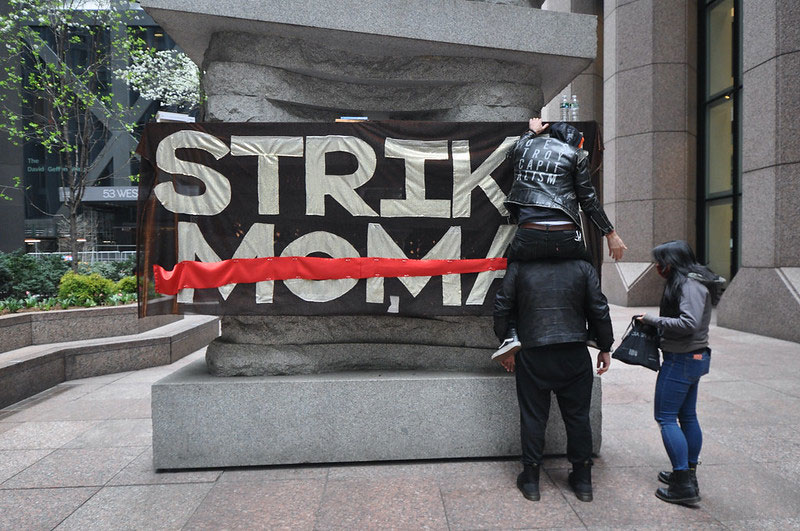May 4, 2010; Source: Baltimore Sun | There’s been a lot of attention lately about outsized salaries and pay packages for heads of nonprofits organizations, which even in good times look a bit rich. That’s why it was both rare and refreshing to come across a column in the Baltimore Sun that not only points to the personal sacrifices some nonprofit leaders have made to weather the recession, but that suggests lessons for their for-profit counterparts.
Noting that the Walters Art Museum’s Director Gary Vikan took an 8 percent “haircut” from his salary, Jay Hancock writes that’s as “he should have.” Vikan’s pay cut—the largest for anyone in the museum—were part of measures to weather the recession, including layoffs of seven people, elimination of nine open positions and across the board salary reductions. “I can’t inflict pain on somebody else if I’m not taking pain myself. It just isn’t fair,” said Vikan. “With the prospect of losing staff members and staff positions, and having staff take over other responsibilities—the first step toward that outcome was sacrifice beginning at the top of the organization. Just to maintain a sense of wholeness.”
Sign up for our free newsletters
Subscribe to NPQ's newsletters to have our top stories delivered directly to your inbox.
By signing up, you agree to our privacy policy and terms of use, and to receive messages from NPQ and our partners.
Looking for similar examples in the for-profit sector, Hancock says that kind of sacrifice among the “corporate elite is hard to find.” Among figures he cites are findings from the New York State Comptroller that Wall Street executives and traders collected bonuses of $20 billion last year, a 17 percent increase from 2008. He also points to the newly merged Stanley Black & Decker which has begun laying off people from the former Black & Decker’s locations in Maryland, while at the same time the company’s former CEO stands to make $45 million or more from the deal to sell the firm to Stanley Works.
Other examples of nonprofit leaders cinching their belts, in contrast, include top executives with the Baltimore Symphony Orchestra taking pay cuts of up to 15 percent and 10 percent salary cuts for the director of the Baltimore Museum of Art and the president of Catholic Relief Services in Baltimore. As for their counterparts at for-profit companies, Hancock says they’d earn both respect and credibility if they, too, would put themselves on the “firing line” instead of the “chow line.”—Bruce Trachtenberg













